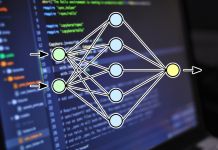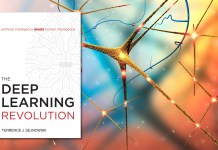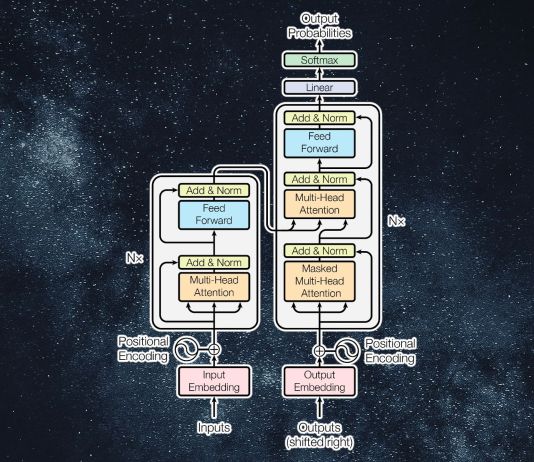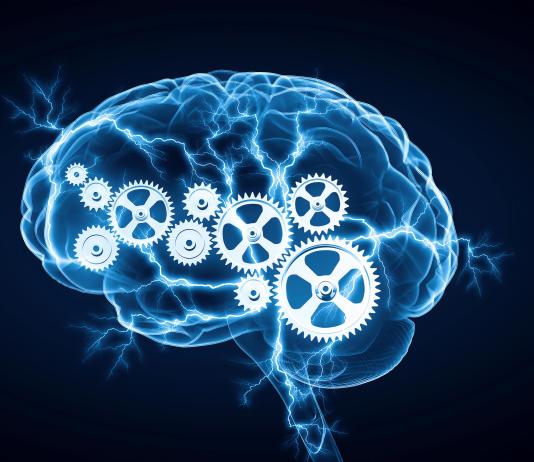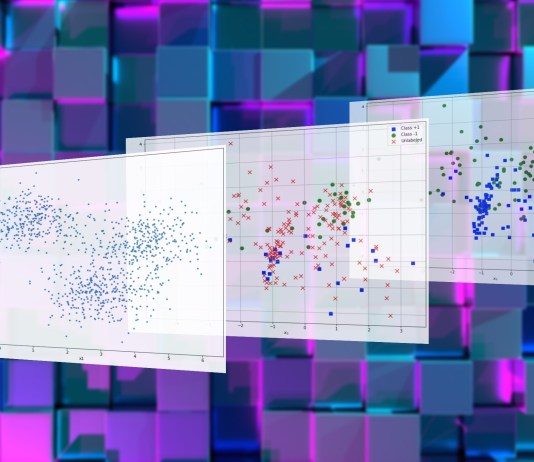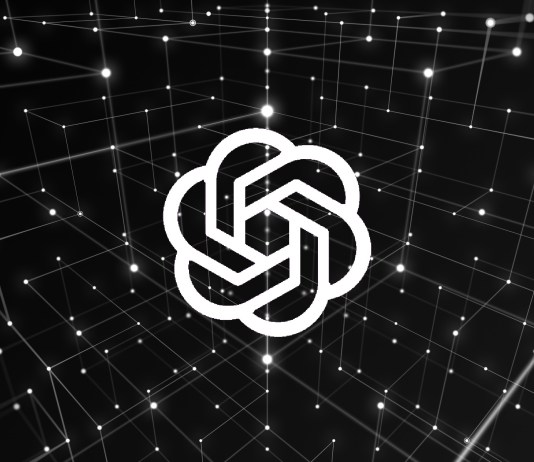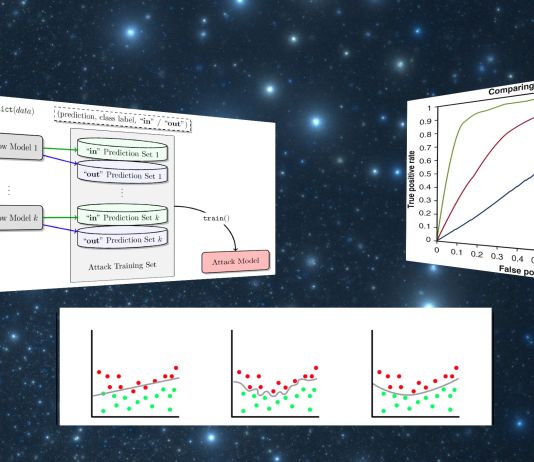The transformer model has become one of the main highlights of advances in deep learning and deep neural networks.
Everything you need to know about symbolic artificial intelligence, the branch of AI that dominated for five decades.
OpenAI o1 and o3 are very effective at math, coding, and reasoning tasks. But they are not the only models that can reason.
Semi-supervised learning helps you solve classification problems when you don't have labeled data to train your machine learning model.
Explainable AI helps peer into the black box of neural networks and deep learning algorithms, an important requirement for using automation in many domains.
By Mona Eslamijam
Image credit: 123RF
This article is part of Demystifying AI, a series of posts that (try to) disambiguate the jargon and myths surrounding AI.
Convolutional neural networks (CNN), or ConvNets, have become the cornerstone of artificial intelligence (AI) in recent years. Their capabilities and limits are an interesting study of where AI stands today.
OpenAI's o3-mini is a game-changer—faster, cheaper, and smarter than o1, but it's also a bid to reclaim dominance amid DeepSeek's rising threat.
Membership inference attacks can detect examples used to train machine learning models even after those examples have been discarded.
In the past, unfulfilled promises in artificial intelligence caused a decline in interest and funding, also known as AI winter. The question is, will it happen again?










